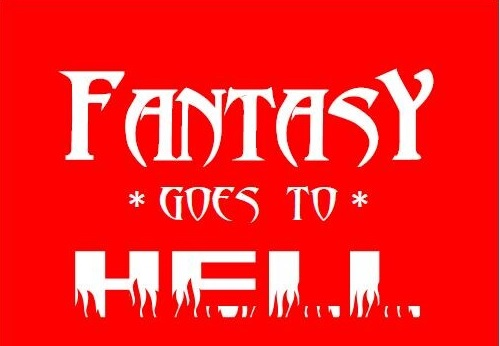Loading...
Event Website
https://www.mythsoc.org/oms/oms-2023.htm
Start Date
8-6-2023 4:00 PM
End Date
8-6-2023 4:50 PM
Description
Unlike fantasy authors of previous generations like C.S. Lewis and J.R.R. Tolkien who wrote depictions of an afterlife that mirrored their personal faiths, modern children’s fantasy authors of the last thirty years, such as Neil Gaiman, Ursula K. Le Guin, Phillip Pullman, Rick Riordan, J.K. Rowling, Jonathan Stroud, and Garth Nix, often merely use religious concepts as a way to depict the land of the dead. In their depictions, the land of the dead is a dark, terrible, and uninviting place. However, rather than ending on that dark point, these authors transition from fear to a sense of peace, acceptance, or hope toward death. The living’s journey through the land of the dead results in a greater appreciation for life or reveals that the land of the dead is only a temporary transition stage to something greater, such as rebirth into life or an undescribed beyond. This revelatory experience replaces fear with peace and hope when death comes. Thus, modern children’s fantasy authors’ goal is not necessarily to convert readers to a particular faith, but to create a healthier understanding of and relationship with death, that universal life event all living beings must eventually face.
Creative Commons License

This work is licensed under a Creative Commons Attribution-NonCommercial-No Derivative Works 4.0 International License.
Included in
Children's and Young Adult Literature Commons, Comparative Literature Commons, Digital Humanities Commons, European Languages and Societies Commons, Literature in English, Anglophone outside British Isles and North America Commons, Literature in English, British Isles Commons, Literature in English, North America, Ethnic and Cultural Minority Commons, Medieval Studies Commons, Modern Languages Commons, Modern Literature Commons, Other English Language and Literature Commons
Only in Dying Life: The Production of Hope and Peace
Unlike fantasy authors of previous generations like C.S. Lewis and J.R.R. Tolkien who wrote depictions of an afterlife that mirrored their personal faiths, modern children’s fantasy authors of the last thirty years, such as Neil Gaiman, Ursula K. Le Guin, Phillip Pullman, Rick Riordan, J.K. Rowling, Jonathan Stroud, and Garth Nix, often merely use religious concepts as a way to depict the land of the dead. In their depictions, the land of the dead is a dark, terrible, and uninviting place. However, rather than ending on that dark point, these authors transition from fear to a sense of peace, acceptance, or hope toward death. The living’s journey through the land of the dead results in a greater appreciation for life or reveals that the land of the dead is only a temporary transition stage to something greater, such as rebirth into life or an undescribed beyond. This revelatory experience replaces fear with peace and hope when death comes. Thus, modern children’s fantasy authors’ goal is not necessarily to convert readers to a particular faith, but to create a healthier understanding of and relationship with death, that universal life event all living beings must eventually face.



Comments
SESSION V
4:00 PM -4:50 Eastern
3:00 PM -3:50 Central
2:00 PM -2:50 Mountain
1:00 PM -1:50 Pacific
8:00 PM – 8:50 GMT